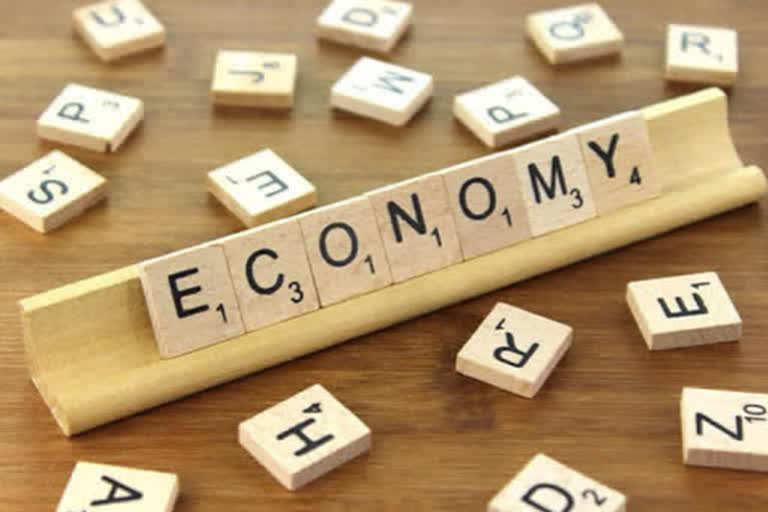Hyderabad: According to a report released by the Asian Development Bank, the global economy could suffer between $5.8 trillion and $8.8 trillion in losses—equivalent to 6.4% to 9.7% of global gross domestic product (GDP)—as a result of the novel coronavirus pandemic.
The report revealed that economic losses in Asia and the Pacific could range from $1.7 trillion in a short run of 3 months to $2.5 trillion under the long run of 6 months, with the region accounting for about 30% of the overall decline in global output.
The report says that The People’s Republic of China (PRC) could suffer losses between $1.1 trillion and $1.6 trillion. The new analysis updates findings presented in the Asian Development Outlook (ADO) 2020 published on 3 April, which estimated COVID-19’s global cost to range from $2.0 trillion to $4.1 trillion.
ABD said governments around the world have been quick in responding to the impacts of the pandemic, implementing measures such as fiscal and monetary easing, increased health spending, and direct support to cover losses in incomes and revenues.
Sustained efforts from governments focused on these measures could soften COVID-19's economic impact by as much as 30 to 40 per cent, according to the report. This could reduce global economic losses due to the pandemic to between 4.1 trillion and 5.4 trillion dollars.
The analysis, which uses a Global Trade Analysis Project-computable general equilibrium model, covers 96 outbreak-affected economies with over four million Covid-19 cases.
In addition to shocks to tourism, consumption, investment, and trade and production linkages covered in the ADO 2020 estimates, the new report includes transmission channels such as the increase in trade costs affecting mobility, tourism, and other industries; supply-side disruptions that adversely affect output and investment; and government policy responses that mitigate the effects of COVID-19's global economic impact.
"This new analysis presents a broad picture of the very significant potential economic impact of COVID-19," said ADB Chief Economist Yasuyuki Sawada.
"It also highlights the important role policy interventions can play to help mitigate damage to economies. These findings can provide governments with a relevant policy guide as they develop and implement measures to contain and suppress the pandemic, and lessen its impacts on their economies and people."
ADB's COVID-19 Policy Database provides detailed information on the key economic measures that ADB members are taking to combat the pandemic.
Under the short and long containment scenarios, the report notes that border closures, travel restrictions, and lockdowns that outbreak-affected economies implemented to arrest the spread of COVID-19 will likely cut global trade by 1.7 trillion to 2.6 trillion dollars.
Global employment decline will be between 158 million and 242 million jobs with Asia and the Pacific comprising 70 per cent of total employment losses. Labour income around the world will decline by 1.2 trillion to 1.8 trillion dollars -- 30 per cent of which will be felt by economies in the region or between 359 billion and 550 billion dollars.
Apart from increasing health spending and strengthening health systems, strong income and employment protection are essential to avoid a more difficult and prolonged economic recovery.
Governments should manage supply chain disruptions; support and deepen e-commerce and logistics for the delivery of goods and services; and fund temporary social protection measures, unemployment subsidies, and the distribution of essential commodities -- particularly food -- to prevent sharper falls in consumption, the report says.
Since the situation is rapidly evolving, ADB will update its impact assessment considering additional spillover channels as needed.
ADB said it is actively supporting its members as they address the effects of COVID-19 through its 20 billion dollar response package announced on April 13. The bank has approved a series of measures to streamline its operations for quicker and more flexible delivery of assistance.
(With inputs from ANI)
Also Read: Recovery rate 34.06%, doubling rate improved: Health Minister



